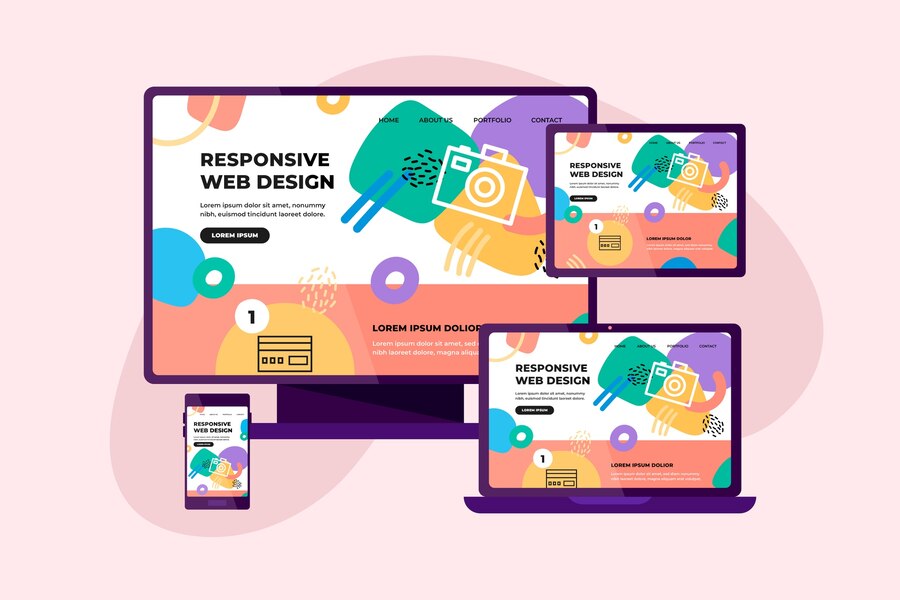In the rapidly evolving digital landscape, creating a website that caters to users across various devices is no longer a choice—it’s a necessity. Responsive web design has become a fundamental aspect of web development, ensuring that websites adapt seamlessly to different screen sizes and devices. In this comprehensive guide, we will explore the essential principles and practices of responsive web design, empowering you to deliver a user experience that is consistent, engaging, and accessible across the digital spectrum.
Understanding Responsive Web Design:
- Define responsive web design and its importance in the modern web landscape.
- Explore the evolution of devices and the need for adaptability.
- Discuss the impact of mobile usage on web design trends.

Key Principles of Responsive Design:
- Break down the core principles, such as fluid grids, flexible images, and media queries.
- Explore how these principles contribute to a responsive layout.
- Highlight the role of breakpoints in creating a seamless user experience.
Implementing Mobile-First Design:
- Discuss the concept of mobile-first design and its benefits.
- Explore strategies for designing for smaller screens and progressively enhancing for larger ones.
- Showcase examples of successful mobile-first designs.
Media Queries and Breakpoints:
- Dive into the details of media queries and their role in responsive design.
- Discuss best practices for setting breakpoints to optimise user experience.
- Provide examples of effective media query implementations.
Testing and Debugging Responsive Designs:
- Explore tools and techniques for testing responsive layouts.
- Discuss common challenges and how to address them.
- Emphasize the importance of cross-browser compatibility.
Accessibility in Responsive Design:
- Address the importance of creating an inclusive user experience.
- Discuss responsive design considerations for users with disabilities.
- Provide tips for designing with accessibility in mind.
Performance Optimization for Responsive Websites:
- Explore strategies to optimise performance across different devices.
- Discuss the impact of responsive design on page load times.
- Provide tips for image optimization and efficient resource loading.
Future Trends in Responsive Web Design:
- Explore emerging technologies and their impact on responsive design.
- Discuss the role of artificial intelligence, voice interfaces, and other innovations.
- Provide insights into staying ahead of the curve in the dynamic field of web design.
Conclusion:
As users continue to interact with websites across an ever-expanding array of devices, mastering responsive web design is crucial for delivering a seamless and enjoyable user experience. By understanding the principles, implementing best practices, and staying informed about emerging trends, you can ensure that your websites remain not only visually appealing but also accessible and functional across diverse platforms. You can also visit our website development company page there you will get complete information about the web development services.




